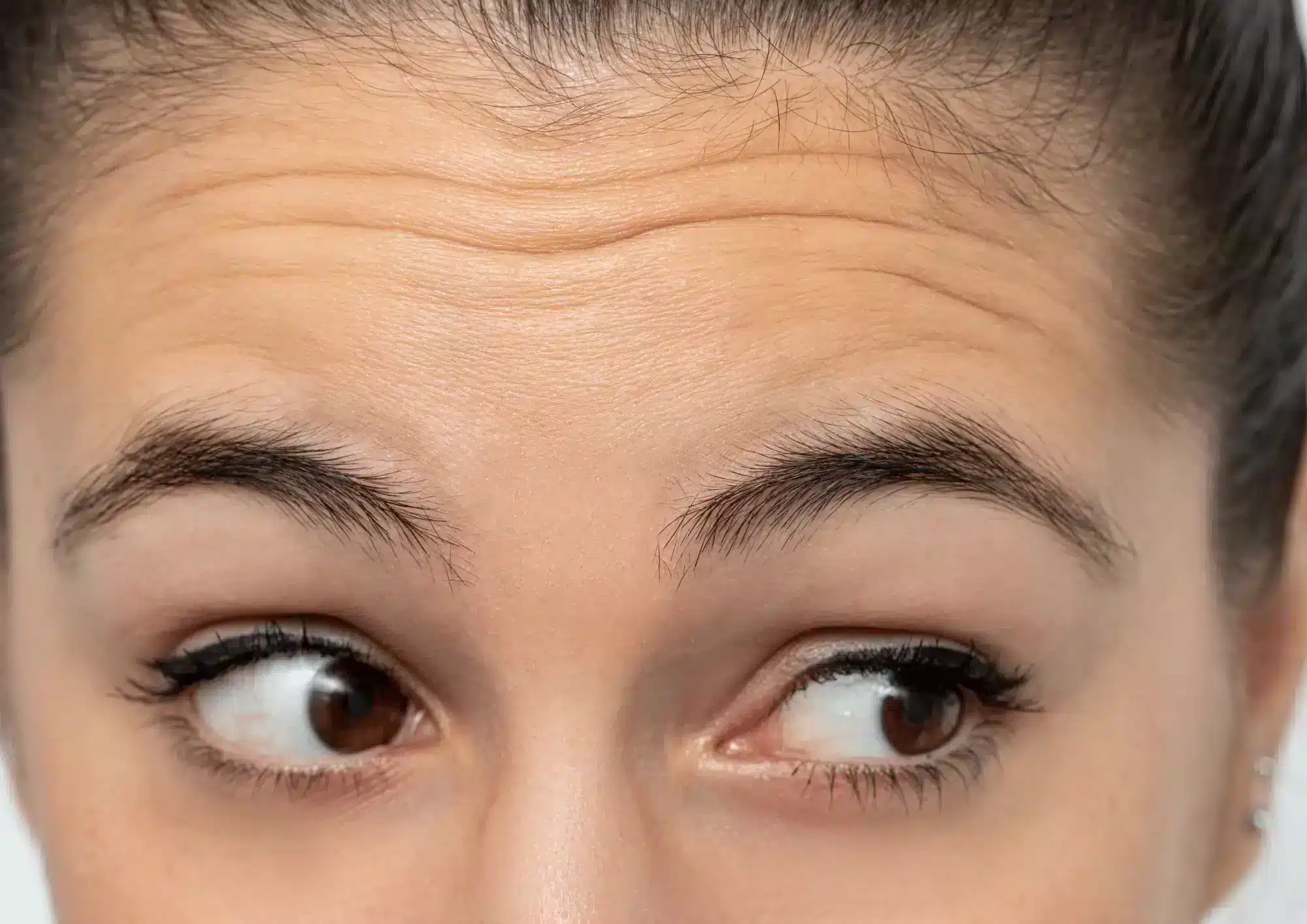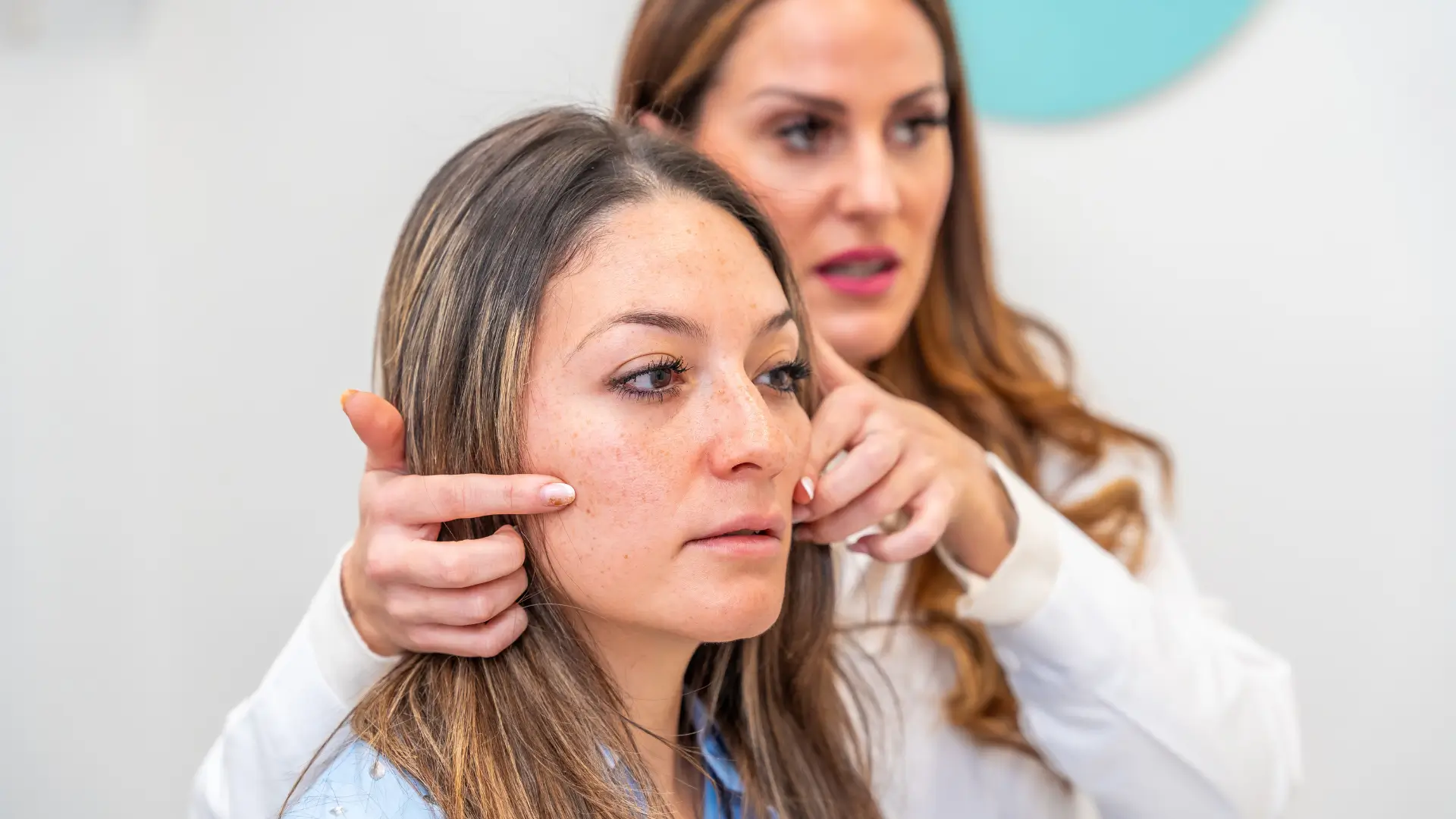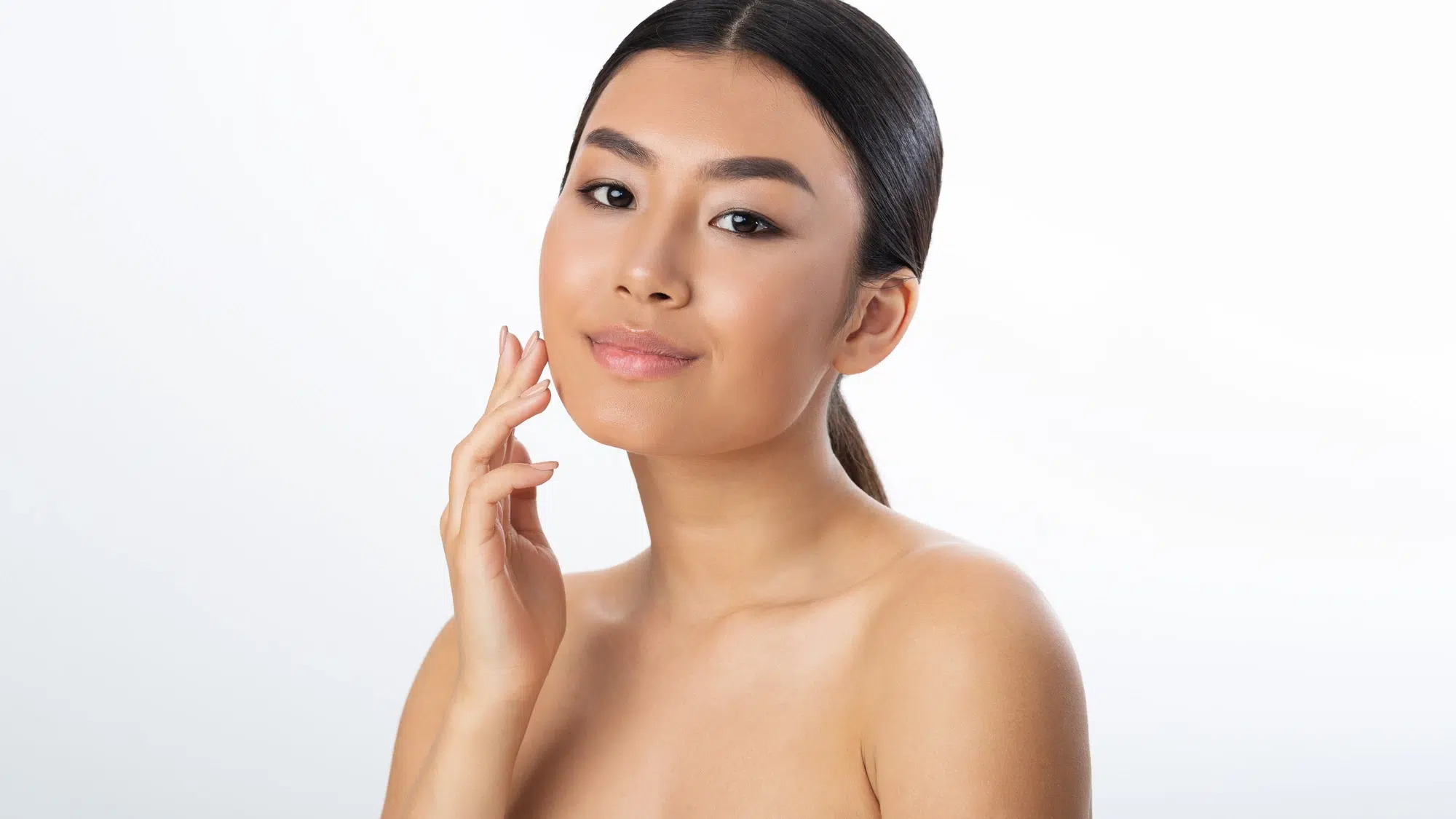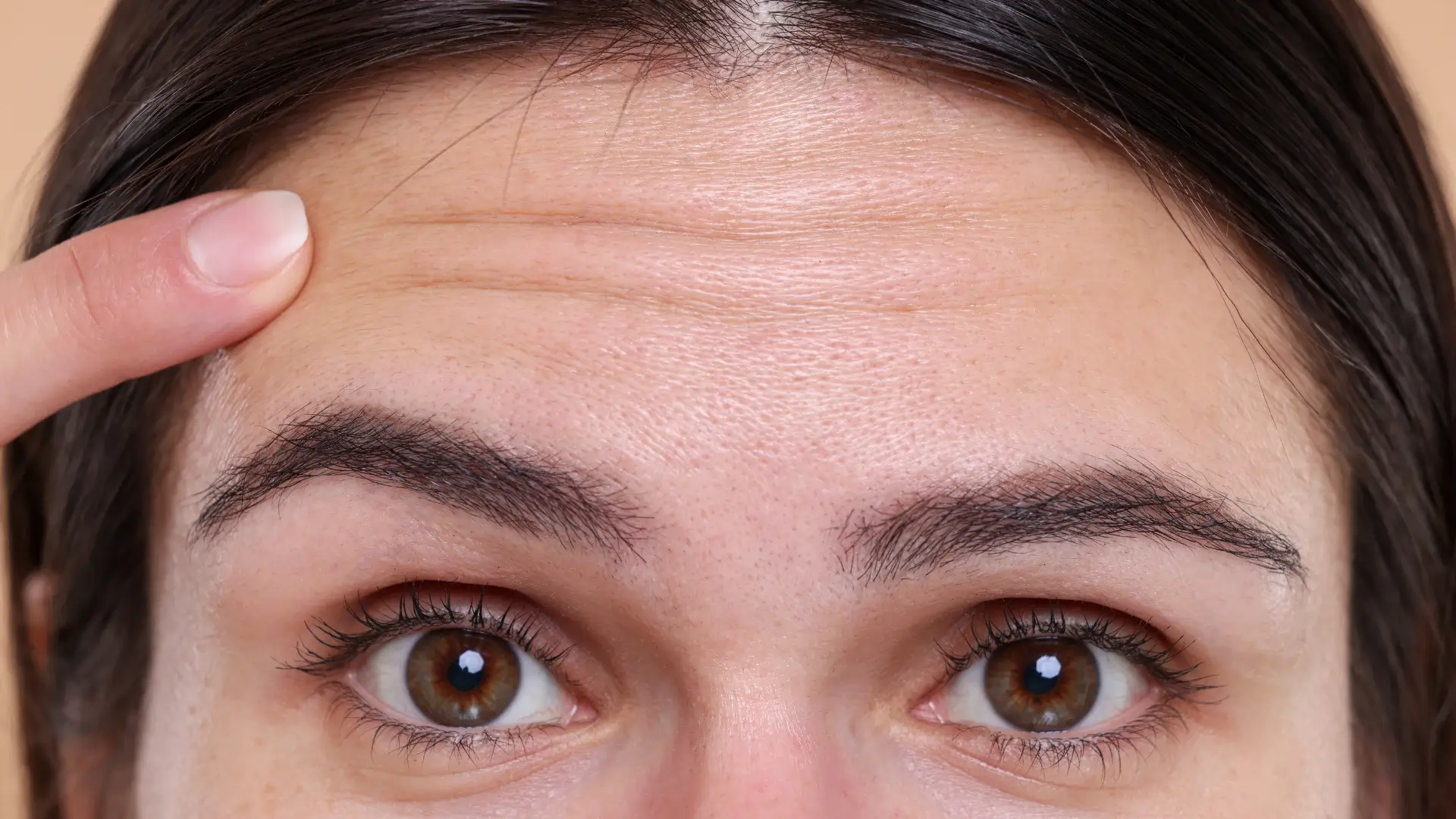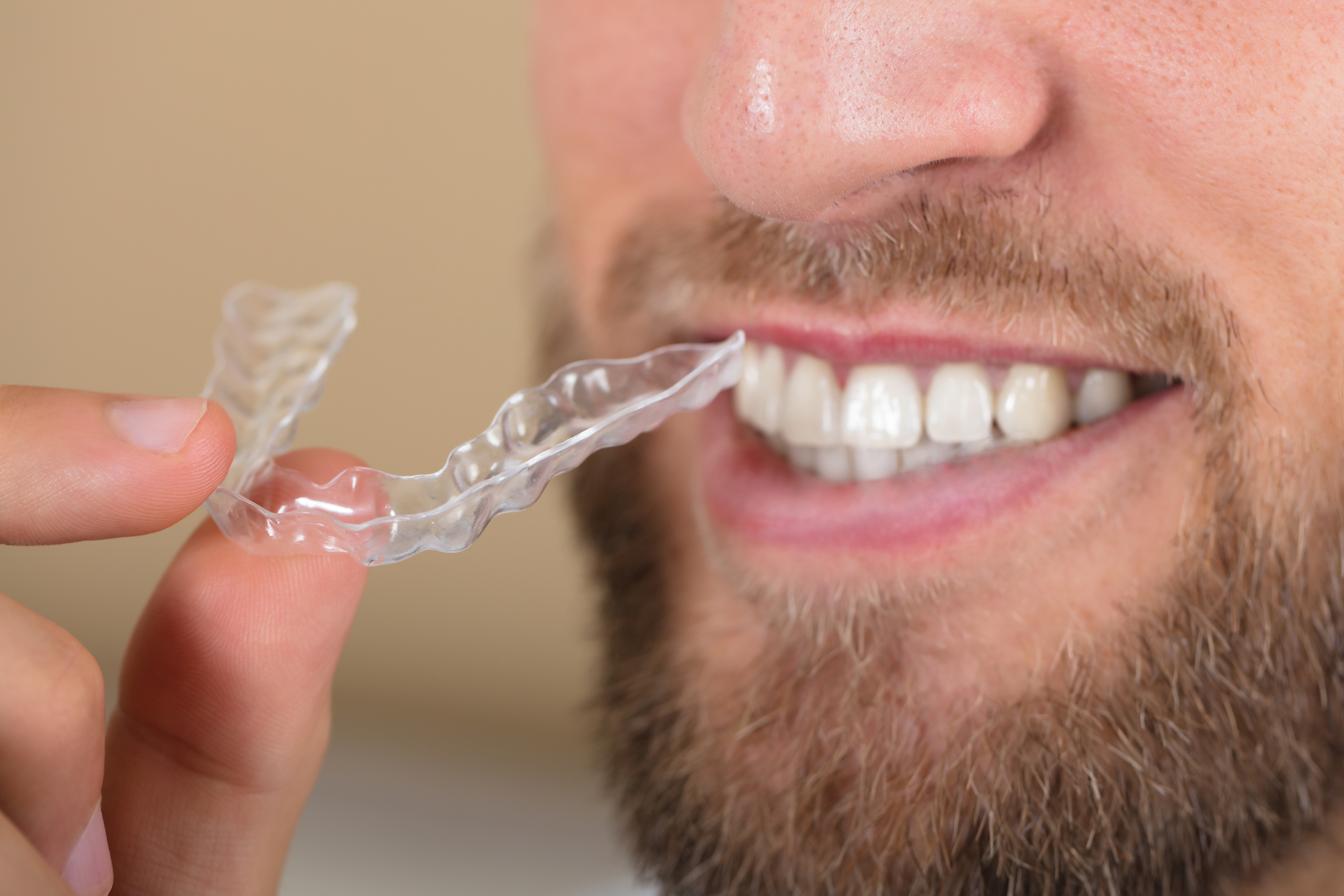Using Restylane to treat forehead rhytids is efficacious, easy, and safe, and is of great benefit to patients, who appreciate the quick procedure with no recovery period.
What are forehead rhytids?
Forehead rhytids are wrinkles that horizontally traverse the forehead and occur as a result of facial aging. Repeated muscle motion in the frontalis muscle from facial expressions often causes these lines to appear. When the effects of gravity set in, these wrinkles become static, persisting even when the face is at rest.
Restylane fillers for wrinkle correction
Generally speaking, forehead wrinkles are best treated with fillers that have low to moderate G prime (‘G’), as these gels tend to be less viscous and more easily spreadable. Low viscosity fillers are favoured in the forehead region due to the anatomy of the area: here, the skin is relatively thin, which heightens the risk of visible lumps and irregularities.
Restylane is a popular brand of hyaluronic acid-based dermal fillers that boasts several good options for treating forehead wrinkles. The classic Restylane dermal filler is used widely due to its established track record of safety and efficacy. Restylane Silk, with its fine-particle formulation and low ‘G’, is also suitable for correcting superficial forehead lines. Finally, for moderate to severe wrinkles, Restylane Refyne and Defyne can also be considered. These fillers are manufactured using proprietary XpresHAn Technology to preserve natural facial expressions, making them suitable for a high mobility region such as the forehead.
For forehead rhytids that are particularly deep or exacerbated by the contraction of the underlying muscle, a combination treatment of Restylane with a botulinum toxin like Botox can be used to prevent muscle movement and provide a better outcome. The choice of treatment will depend on the severity of the condition.
What you should know
When treating the forehead with Restylane, there are a few issues the practitioner should keep in mind throughout the procedure. The superficial placement necessary in this region means that any lumps are readily visible, so care must be taken to avoid beading and overcorrection. As well, injections should be administered intradermally, as subdermal injections can increase the likelihood of an inadvertent intravascular injection. To further minimize the risk of vascular compromise, the injector may also consider the use of a cannula instead of a needle. If using a needle, the serial puncture technique can be utilized to good success.
Common side effects and how to prevent them
This treatment produces side effects that are minimal and typically limited to injection-related reactions, such as bruising, swelling and/or bleeding. The patient can manage this by applying ice to reduce swelling, and avoiding alcohol intake. In the week after treatment, the patient should also avoid exposure to the sun and to heat.
